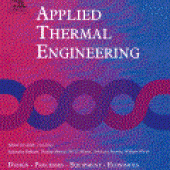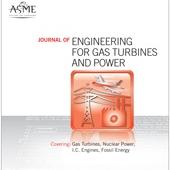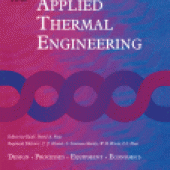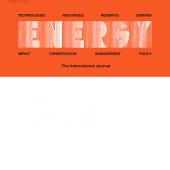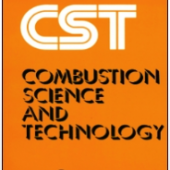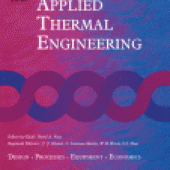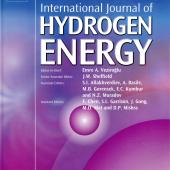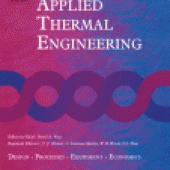Interactive control of combustion stability and operating limits in a biogas-fueled spark ignition engine with high compression ratio
The use of high compression ratios on spark ignition engines enables the increase of thermal efficiency, but also contributes to the reduction of high load limit because of the higher auto-ignition tendency in the end-gas. Gaseous fuels provide a good option to expand the high load limits because of their high octane ratings, mostly in small engines. Biogas is a renewable fuel, mainly composed by CH4 and CO2 that exhibits high auto-ignition temperature and slow laminar flame speed.



